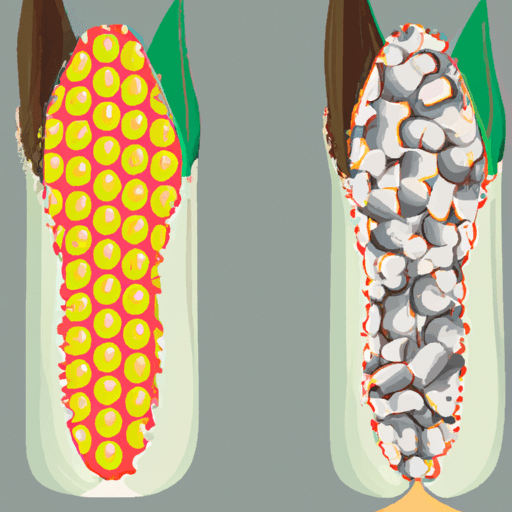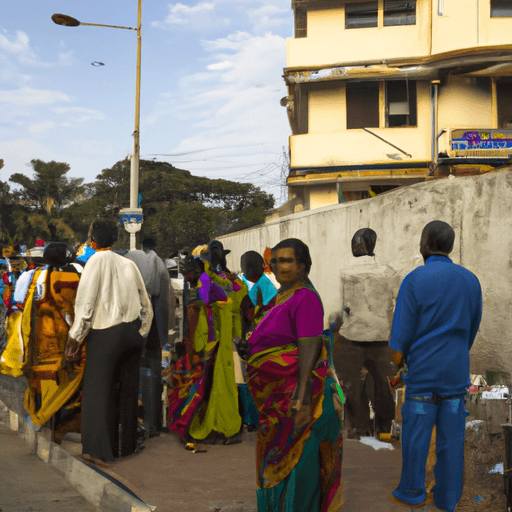The Environmental Impact of Fast Fashion and the Movement Towards Sustainability
The fast fashion industry, defined by its rapid production cycles and low prices, has captivated consumers worldwide. However, this model has been marked severely detrimental to our environment. From water pollution to waste generation, this article will delve into the environmental implications of fast fashion and explore sustainable alternatives.
Environmental Impact of Fast Fashion
Water Pollution
Frequent changes in fashion trends demand hefty volumes of water in the manufacturing process, with the production of a single cotton shirt requiring almost 2,700 liters of water. Additionally, the discharge of untreated dyeing effluents into water bodies poses a severe threat to aquatic ecosystems and human health.
Waste Generation
The disposable nature of fast fashion invites an enormous amount of waste. The speed and volume of discarded clothing are overwhelming the waste management systems. Around 85% of textiles end up in landfills each year, contributing to an enormous waste issue.
Carbon Emissions
Carbon emissions from the fast fashion industry result from manufacturing, transportation, and disposal processes. The process of producing synthetic fibers such as polyester, a popular fabric in fast fashion, is not only energy-intensive but also releases harmful greenhouse gases.
Sustainable Alternatives in the Fashion Industry
Eco-friendly Fabrics
Alternative choices to conventional cotton and synthetic fibers include organic cotton, hemp, bamboo, and silk. These eco-friendly fabrics are renewable, biodegradable, and low-impact crops.
Slow Fashion Movement
The slow fashion movement encourages consumers and manufacturers to shift focus from quantity to quality. It involves producing high-quality garments designed for longer life spans and following fair trade policies.
Thrift Shopping, Clothing Rentals and Recycling
These methods significantly reduce waste and support a circular economy. Thrift shopping and clothing rentals promote the reuse of clothes, and recycling allows for the transformation of waste into new materials, thereby extending the life cycle of clothing.
Conclusion
Fast Fashion's ecological footprint is vast. However, adopting sustainable alternatives such as eco-friendly fabrics, slow fashion, thrift shopping, clothes rental and recycling can significantly reduce this impact. It is necessary we align our fashion choices with the well-being of our planet; the shift from fast to sustainable fashion is not just an option but an imperative.


















Comments
Leave a Comment